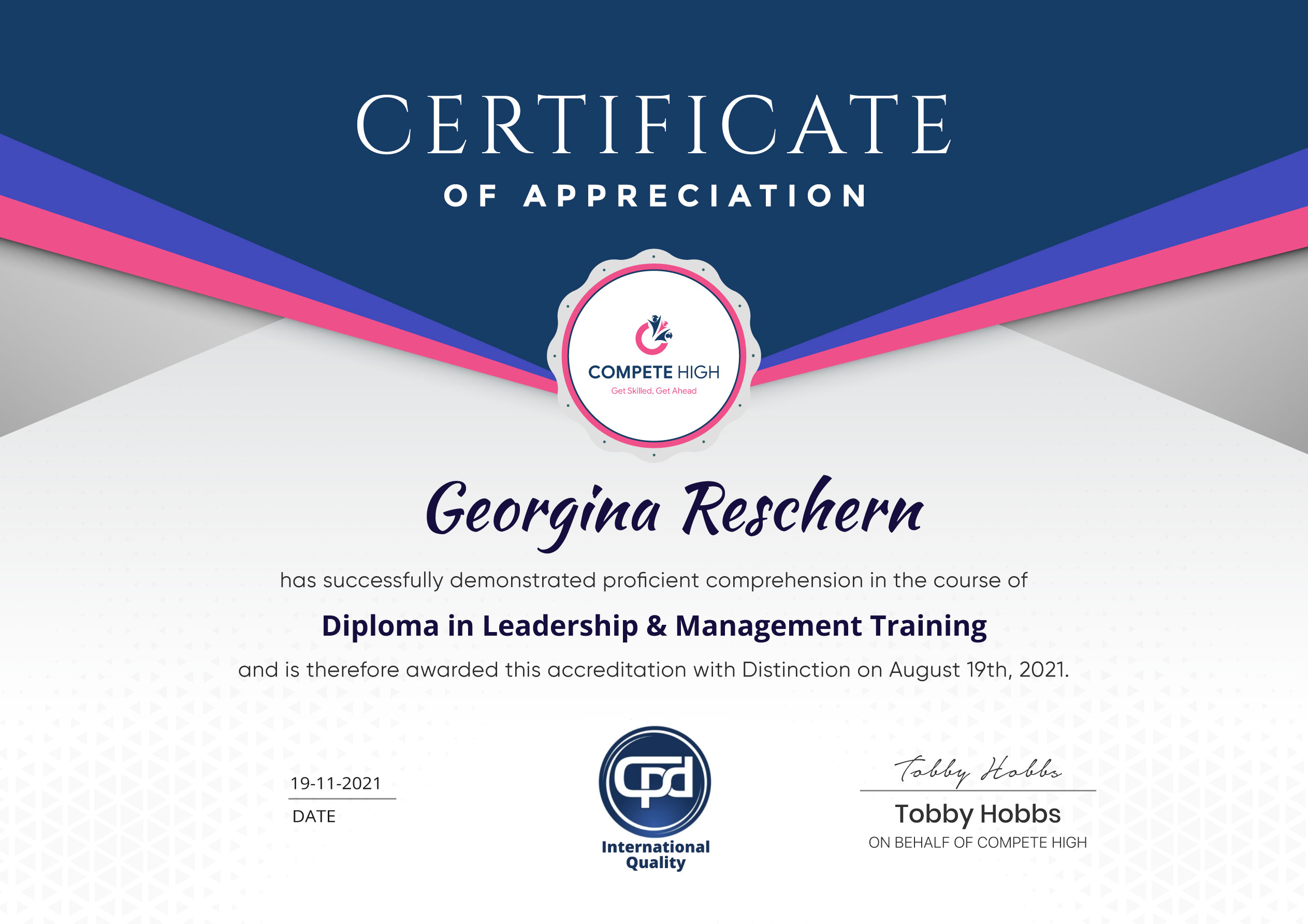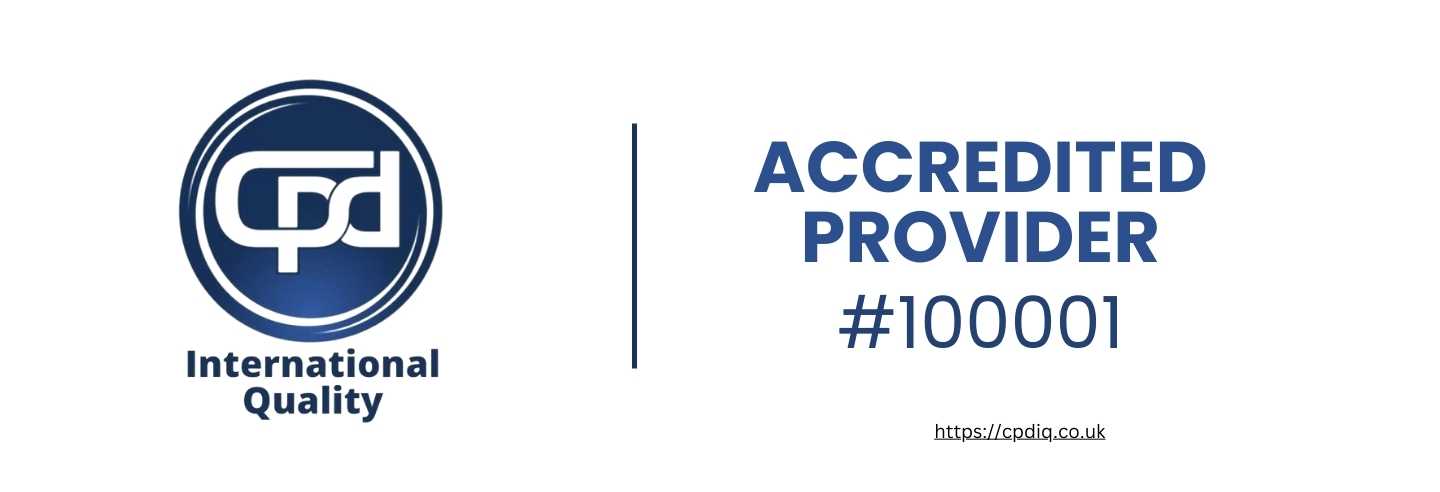Chocolate Making 101
NEW YEAR SPECIAL! 1500+ COURSES AT ONLY £59 FOR LIFE. FIND OUT MORE
Chocolate Making 101
🍫 Welcome to the sweetest journey of your life with Chocolate Making 101! 🍫
Are you passionate about chocolate? Do you dream of creating delectable treats that delight the senses? If so, then this course is your golden ticket to chocolate-making mastery! 🎟️
Unlock the secrets of chocolate craftsmanship with our comprehensive Chocolate Making 101 course. 🍬 Whether you’re a budding chocolatier or a seasoned enthusiast, this course will take you on a tantalizing adventure through the world of chocolate and gain a certificate fast.
🌟 Benefits of Taking Chocolate Making 101:
- Master the Art: Delve into the fundamentals of chocolate making, from tempering to molding, and discover the techniques used by professionals to create artisanal chocolates.
- Unleash Your Creativity: Learn how to infuse flavors, experiment with textures, and design exquisite chocolate creations that reflect your unique style and personality.
- Health Consciousness: Understand the nutritional properties of chocolate and explore healthier alternatives, such as sugar-free and vegan options, without compromising on taste.
- Impress Your Loved Ones: Surprise friends and family with handmade chocolates that are sure to leave a lasting impression. Whether it’s a special occasion or just a sweet gesture, your homemade treats will be cherished by all.
- Entrepreneurial Opportunities: Turn your passion for chocolate into a profitable venture. Learn about the business side of chocolate making, including sourcing ingredients, marketing strategies, and setting up your own chocolate business.
👩🍳 Who is this for?
- Aspiring Chocolatiers: If you’ve always dreamed of becoming a chocolatier but don’t know where to start, this course is for you. We’ll guide you through every step of the chocolate-making process, from bean to bar.
- Home Bakers: Calling all home bakers! Elevate your baking skills and add a touch of luxury to your desserts with our Chocolate Making 101 course. Impress your friends and family with professional-quality chocolates made right in your own kitchen.
- Chocolate Enthusiasts: Whether you’re a self-proclaimed chocoholic or simply have a passion for all things chocolate, this course will satisfy your cravings and deepen your appreciation for the art of chocolate making.
🚀 Career Path
- Professional Chocolatier: Embark on a delicious career path as a professional chocolatier. Whether you dream of opening your own chocolate shop or working for a prestigious chocolate brand, the skills you gain in this course will set you on the path to success.
- Culinary Entrepreneur: Combine your love for chocolate with your entrepreneurial spirit and start your own chocolate business. From selling handmade chocolates at farmers’ markets to launching an online chocolate boutique, the possibilities are endless.
- Chocolate Educator: Share your passion for chocolate with others by becoming a chocolate educator. Teach classes, host workshops, or even write your own chocolate-making cookbook. Inspire others to unleash their creativity and explore the world of chocolate.
Don’t miss out on this golden opportunity to indulge in your love for chocolate and take your skills to the next level. Enroll in Chocolate Making 101 today and start your journey towards chocolate-making mastery! 🍫✨
Extra Included :
Accredited Certificate Available
Unlimited Access and Retakes
Free Enrollment Letter Included
CPD International Quality Accredited
Meets UK & EU legal requirements
Instant e-certificate and eligibility of ordering hardcopy
Developed by Industry Experts
Learn anytime from anywhere
Use any internet-connected device
24/7 Live Support
Discounts on bulk purchases
Certification
Perfect for showcasing your skills, boosting your career, and enhancing your professional profile.
Choose the format that works best for you:
-
PDF Certificate (£9.99) – Download instantly to add to your portfolio, résumé, LinkedIn, or share on social media.
-
Printed Hard Copy (£29.99) – A beautifully designed certificate delivered to your door, ready to proudly display in your office or home.
-
Both PDF & Printed Hard Copy (£31.99) – Get the best of both worlds!

Course Contents
Course Content
Module 1 Chocolate Making Basics
-
Chocolate Making Basics
00:00
Module 2 Moulds and Packaging
Module 3 Chocolate For Celebrations
Module 4 Finishing Up
Assignment
Student Ratings & Reviews
Want to receive push notifications for all major on-site activities?












